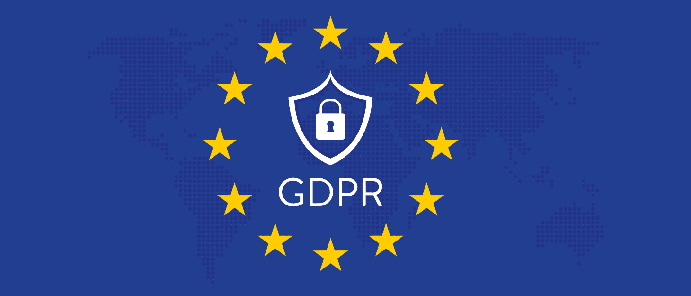
GDPR Regulations – What You Need to Know
Digital Marketing Manager
Burns360
For digital marketers, there is an innate challenge to act global, even if your business is purely local. National lines and borders mean little to the Internet at large, so many best practices and regulations implemented on a local scale can and will be implemented globally as well.
So, when the EU implemented the General Data Protection Regulation (GDPR) program, it brought a new ruleset and the topic of digital compliance to everyone’s attention—including people outside of the EU.
Here’s a quick overview of the main facts you need to know about GDPR regulations.
Protecting the EU citizen’s data
At its core, the GDPR is protecting personal data of people. While this has always been in place as a best practice, these regulations give further meaning to how companies should protect user data, setting a clear standard for internet privacy.
Starting in mid-2018, companies must provide the following:
- Privacy options must be upfront and clear at the start of conducting business online
- Users can request all of a company’s data on them, with a 30-day turnaround
- A “right to be forgotten” feature whereby all user data and flow of said data is deleted/stopped
- “Unambiguous” consent to prove that a company’s personal data was acquired with full consent of the user
- A user can take his or her own personal data collected by a company, and by their choosing, send it to another company/entity
Fines
According to Forbes, serious violations of these regulations can be as high as 4% of a company’s total global revenue. Moreover, there is a tier system, where less serious violations can be fined for 2% and so on. These fines can be applied to all entities who see the data—both controllers and processors.
Global effects
Companies have already started to adjust to these new regulations. An emerging best practice, for example, is the move from passive to active consent with regard to mailing lists. When asking for users to subscribe to your newsletter after a purchase via a checkbox, for example, the checkbox must be blank/unchecked by default, requiring the user to actively “opt-in” to your newsletter.
The same “opt-in” philosophy applies to website cookies, blog subscriptions and other digital marketing channels. The idea is that users need to be fully aware what they are giving up to conduct business with you.
GDPR regulations can be looked at as a good opportunity for all companies, not just those in the EU. By putting a user’s privacy first, the digital marketing strategy must adapt to creating a conversation with potential clients upfront. A rich blogging strategy, industry insights in newsletters, and open social media conversations are just some of the steps you can take to turn the challenges of GDPR compliance into new digital-marketing opportunities.


